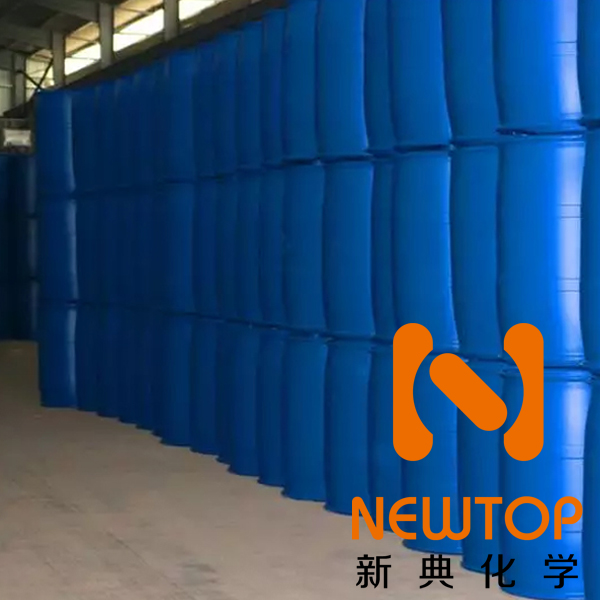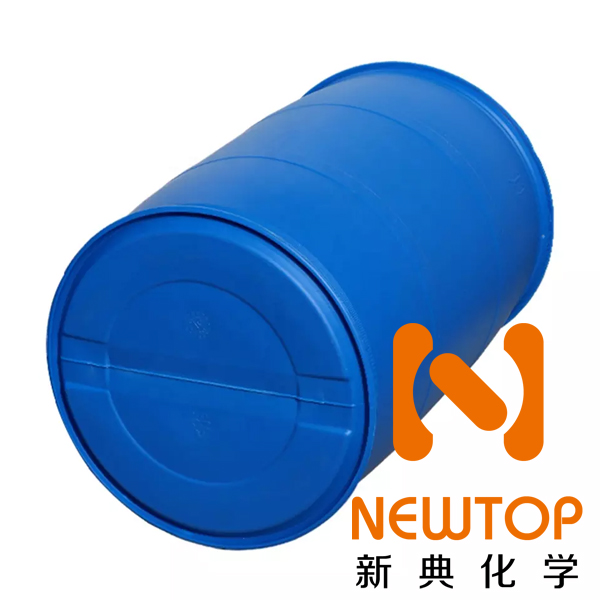FASCAT9100 tertiary amine catalyst Arkema butylstannate PMC

Overview:
FASCAT9100 catalyst CAS2273-43-0 butylstannic acid
Chinese name: FASCAT9100 catalyst, butyl stannic acid
Alias: FASCAT9100 catalyst, butylstannic acid, CAS 2273-43-0, butylstannic acid; Butyl hydroxy-oxytin; Monobutyl hydroxide
Physicochemical properties:
CAS 2273-43-0
EC#218-880-1
Molecular formula C4H10O2SN
【EINECS number 】218-880-1
【 Molecular formula 】C4H10OSn
[MDL number] MFCD00013927
[Molecular weight] 192.83
[Boiling point] 350 °C
[Density] 1,46 g/cm3
Monobutyl tin oxide, also known as tin monobutyl oxide, is a white powder, insoluble in water and most solvents, soluble in strong alkali and mineral acids.
Purpose:
Mainly used in powder coating polyester resin production of catalyst
The catalyst can be used for the synthesis of saturated polyester of powder coatings and coil steel coatings;
For the production of unsaturated polyesters in gel coatings, sheet molding and casting applications;
Catalysts can be used in the production of polymeric plasticizers.

Spill treatment
Stop leaks as much as possible while ensuring safety. If a minor leak is found, treat it with sand or other absorbent material and place it in a clean, dry container for subsequent treatment. If a large amount of leakage occurs, the leaked material should be collected for subsequent treatment. Avoid material entering groundwater or surface water, because it is not easily degraded by biological matter. All collected leakage materials should be disposed of in accordance with the relevant regulations of the local environmental protection department.
Disclaimer
The information and technical advice provided above are obtained from reliable sources. However, the data provided by us is without express or implied warranties, and no commitments are made herein. If you need to use our products, we recommend a series of tests. The application, use, processing or production of products based on the technical information provided by us is outside our control and therefore the responsibility lies with the user. Conditions and methods of handling, storage, use or disposal of this product are beyond our control and may be beyond our knowledge, and under no circumstances will we be liable for loss, damage or related expenses arising from improper handling, storage, use or disposal of this chemical. For more information, please review the technical safety specifications of our products or contact our Marketing Services department.
Safety Information:
Catalyst, rinse with soapy water promptly after contact with skin. The staff can wear an eye mask or safety glasses to achieve the purpose of eye protection. Eye washing and bathing facilities should be available near the workplace. When working in places that may come into contact with the product, you should pay attention to personal hygiene and use detergent to wash the skin in contact with the product before eating, smoking and leaving the work.
Shelf life:
Remain unopened for two years
Storage and Transportation:
Should be sealed, stored in a dry cool ventilated warehouse
Packing:
200KG/ barrel storage: It is recommended to store in a dry and cool area with proper ventilation. After the original packaging, please fasten the packaging cover as soon as possible to prevent moisture and other substances from mixing and affecting the product performance. Do not inhale dust and avoid contact between skin and mucous membrane. Smoking, eating and drinking are prohibited in the workplace. Shower and change after work. Store contaminated clothes separately and use them after washing. Practice good hygiene.
Technical support and business contacts E-mail:sales@newtopchem.com








